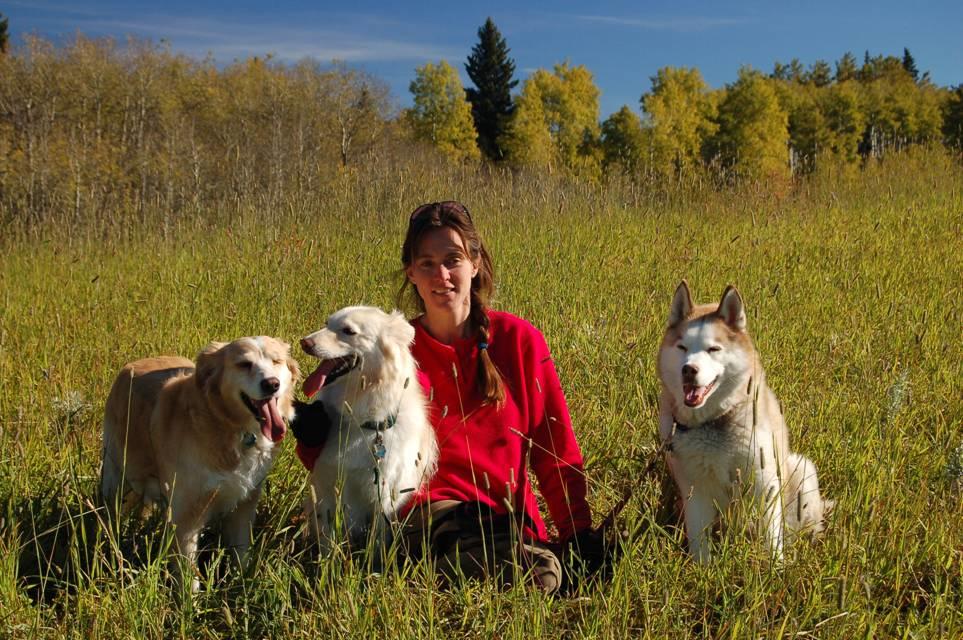March 31, 2014
Co-existing with coyotes during denning season

Shelley Alexander has been researching human-coyote conflict for over a decade.
Shelley Alexander
When coyotes make headlines its rarely within the context of a “good news story.” This is a scenario that played out yet again earlier this month in Edmonton when nine coyotes had a run-in with a woman walking her three dogs along the city’s river valley.
Ultimately, one of the dogs was injured and emergency crews were called in to intervene. Notably, no coyotes needed to be put down.
But, as frightening at the situation was, it’s not an incident that shocked Shelley Alexander, an associate professor in the Department of Geography, who specializes in carnivore ecology and conservation. She has been researching human-coyote conflicts for over a decade.
Alexander, who launched the Calgary Coyote Project in 2005, seeks to warn the public that this time of year finds the highest number of conflict reports involving coyotes -- but she stresses there are simple steps to take to avoid problems.
Breeding season for coyotes is in January and February, with the pups being born in April and May. Shortly before they give birth, the coyotes begin excavating their dens, in which they will raise their pups. Good den sites are difficult to find and are often used for multiple years. Denning season is upon us, Alexander explains, and this is a time when greater caution would be wise – especially for dog owners.
“We need to be more vigilant at this time,” says Alexander. “If your dog comes upon a denning area, there’s going to be a response to that. It’s often misconstrued as an attack, but most of the incidents that occur at this time of year are defensive. The coyote is protecting its young, its den sight and its mate.”
One key preventative measure is to keep dogs leashed during the denning period unless you’re in an area you know to be safe, such as the Southland Dog Park, which is fenced off. “You need to have a constant eye on your dog and be able to call it right back,” Alexander says. “You can’t see your dog if it disappears into the trees.”
She adds: “In the research we’ve done with recorded incidents of coyote biting, 93 per cent of these cases involved off-leash dogs.”
It’s also important that humans steer clear of denning areas, Alexander says, noting that dens are easily disturbed. When coyotes are forced to find new dens, their pups often die during relocation.
Another critical conflict time is the “dispersal season” in the fall, which is when coyotes who reach maturity leave the pack to fend for themselves. This is a period of stress for coyotes, and, when hungry, they will sometimes roam residential neighborhoods looking for food.
However, there are also steps to be taken to help keep coyotes out of our neighborhoods. Keeping garbage tightly binned is one safe guard. And, if you have a fruit bearing tree, its wise to pick up fallen fruit from the ground.
“We know that conflict evolves when coyotes become dependent on us for their food sources,” Alexander says. Garbage and fallen fruit are attractants, as is birdseed and dog food.
“Try to make your yard as unattractive as possible when it comes to food sources that can pull coyotes off track,” Alexander stresses.
For further information about coyotes in Calgary, Alexander recommends that people check out the Living with Coyotes website. On May 2 Alexander will be leading a free Janes Walk in the city, educating people about the natural history of coyotes in Calgary.
